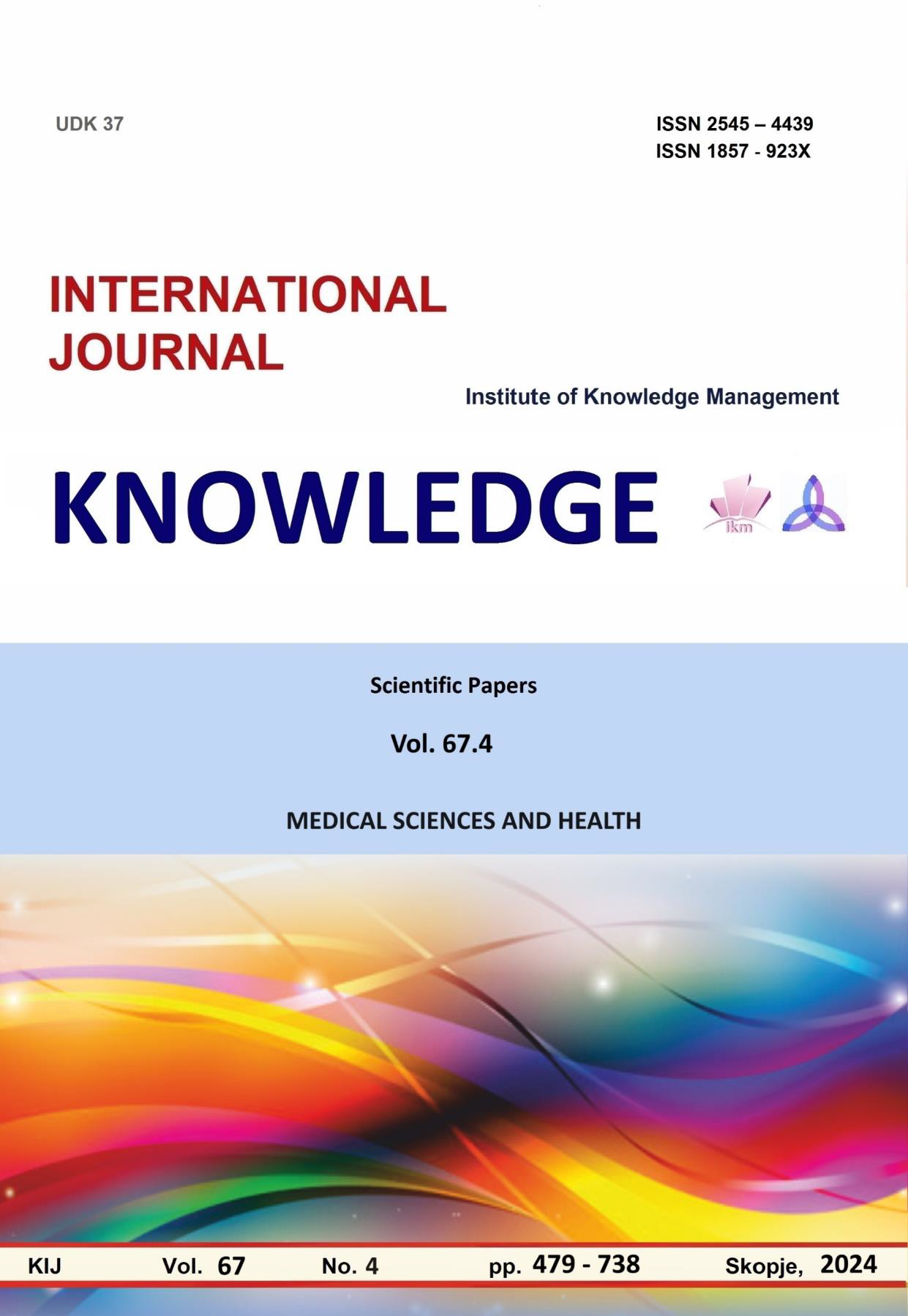СИНДРОМ НА ПРИНУДИТЕЛНА СОЦИАЛНА ИЗОЛАЦИЯ ПРЕЗ ПАНДЕМИЧНИЯ ПЕРИОД НА COVID-19
FORCED SOCIAL ISOLATION SYNDROME DURING THE PANDEMIC PERIOD OF COVID-19
Author(s): Anushka Uzunova, Petya KrumovaSubject(s): Social Sciences, Sociology, Health and medicine and law
Published by: Scientific Institute of Management and Knowledge
Keywords: social distancing;COVID-19;physical and mental health;psychoemotional manifestations
Summary/Abstract: In 1948, the World Health Organization gave the following definition of the term HEALTH: “Health is a state of complete physical, mental and social well-being and not merely the absence of disease or infirmity.” Later, in 1986, the WHO changed its definition and it is interpreted more as “the degree to which an individual or group is able to realize their aspirations and satisfy their needs, to change or adapt to the environment. Health is a resource for everyday life, not a goal of life.” Formulated in this way, health is considered in several aspects: internal balance; adaptation to the external environment; acquisition of behaviors and skills to maintain a balance between the internal and external environment, resilience and independence to achieve individual goals; satisfaction; well-being. To achieve this balance, respectively, "health", on the one hand, movement is necessary, which neuropsychology defines as fundamental to life and a basic principle of existence, on the other hand - social communication. In 2019, a new virus SARS-CoV-2 was identified in the Chinese city of Wuhan and its spread from an epidemic quickly grew into a pandemic, declared and recognized by the WHO as a public health emergency of international concern (https://www.who.int/emergencies/diseases/novel-coronavirus-2019). According to statistical data as of August 18, 2020, the coronavirus has spread to more than 216 countries, with over 21,756,357 registered cases and 771,635 confirmed deaths worldwide (https://www.trt.net.tr/bulgarian/covid19). Due to the high morbidity and mortality, WHO is faced with the difficult task of limiting the spread and urgently seeking a treatment algorithm. The main measure that was taken was distance and social isolation. This caused a drastic change in people's lives, ways of working and learning. The fear of infection and the outcome of illness synergized with social isolation, immobilization, the new way of working and learning, which increased the level of stress and psychoemotional manifestations. Many psychologists and psychiatrists, based on their own experience and research, define poor mental health as a parallel pandemic during the COVID-19 period. The initial panic from the unknown virus gives way to anxiety and fear of: infection, death, loss of loved ones, loss of job and finances, the long lockdown, loneliness and isolation, inability to control one's own life. Depressive manifestations and conditions are increasing globally, which affects women to a greater extent as the more emotional part of humanity. Purpose: The aim of this study is to identify the most common psychoemotional manifestations among students and lecturers at the Medical College of Thrace University – Stara Zagora, due to the restrictive regime during the COVID-19 pandemic. The subject of this study is the COVID-19 pandemic and the psychoemotional manifestations resulting from social distancing and the new way of learning and working. The subjects of the study are students and lecturers at the Medical College of Thrace University.
Journal: Knowledge - International Journal
- Issue Year: 67/2024
- Issue No: 4
- Page Range: 623-628
- Page Count: 6
- Language: Bulgarian

